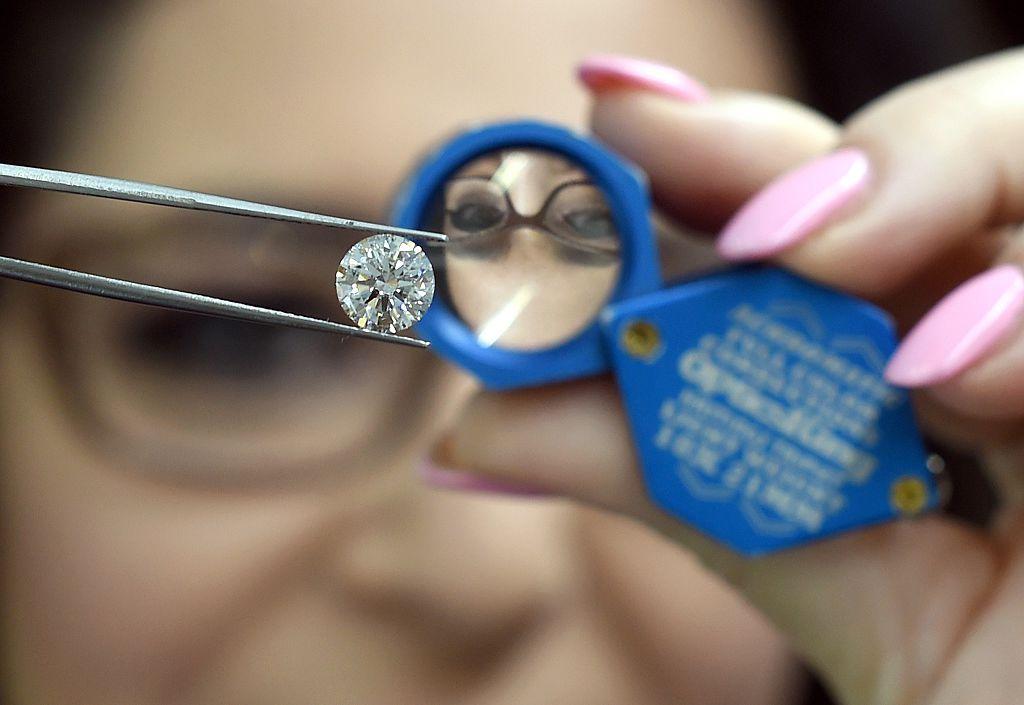Commentary
Something strange has been happening in the diamond market in recent years. In an inflationary period in which other “store of value” commodities such as gold and silver have been appreciating in value, diamond prices have been in free fall. Since peaking in March 2022, an index of diamond prices has declined by more than 40 percent. Over the same three-year period, gold and silver prices have risen by 42 percent and 25 percent, respectively.





